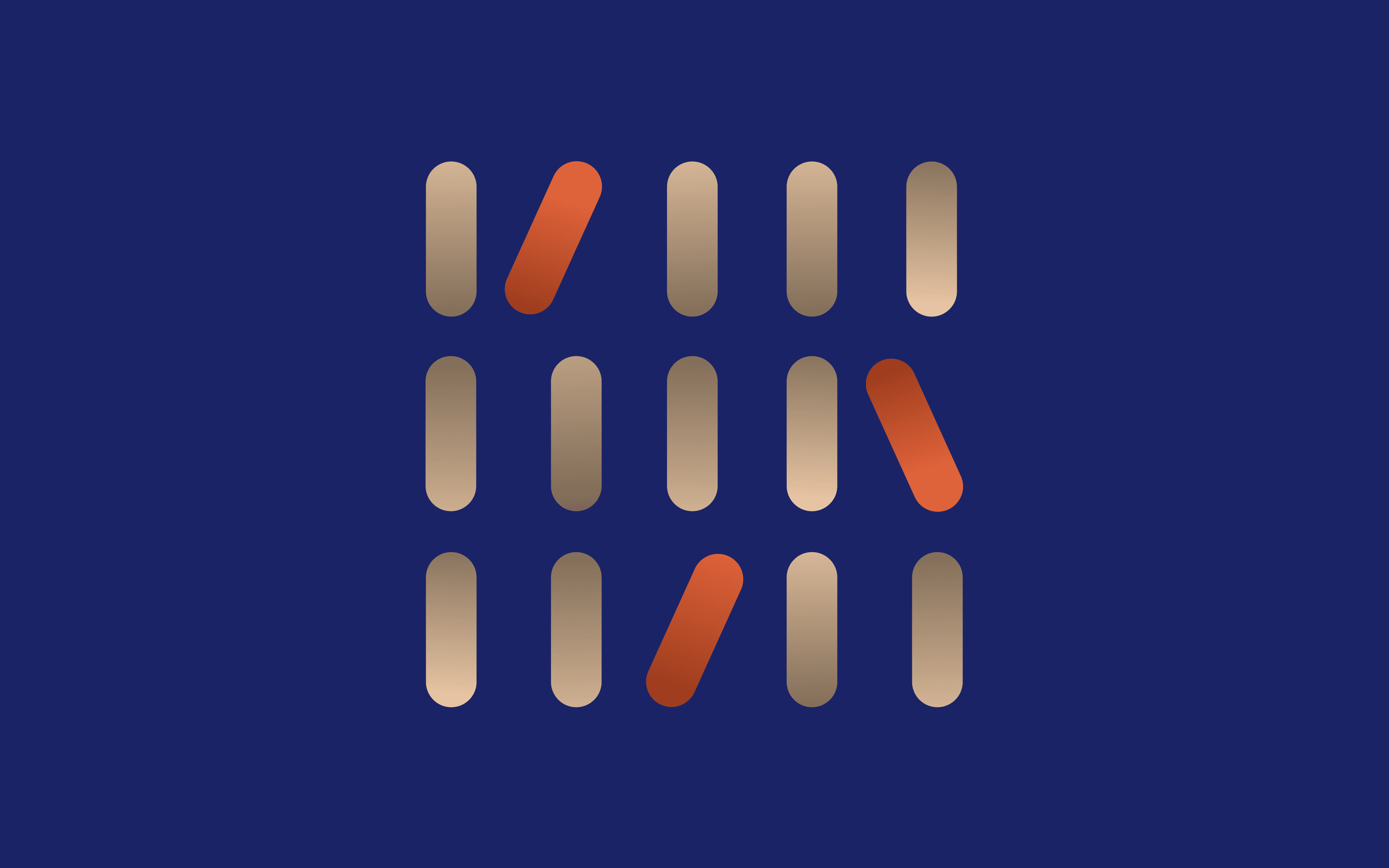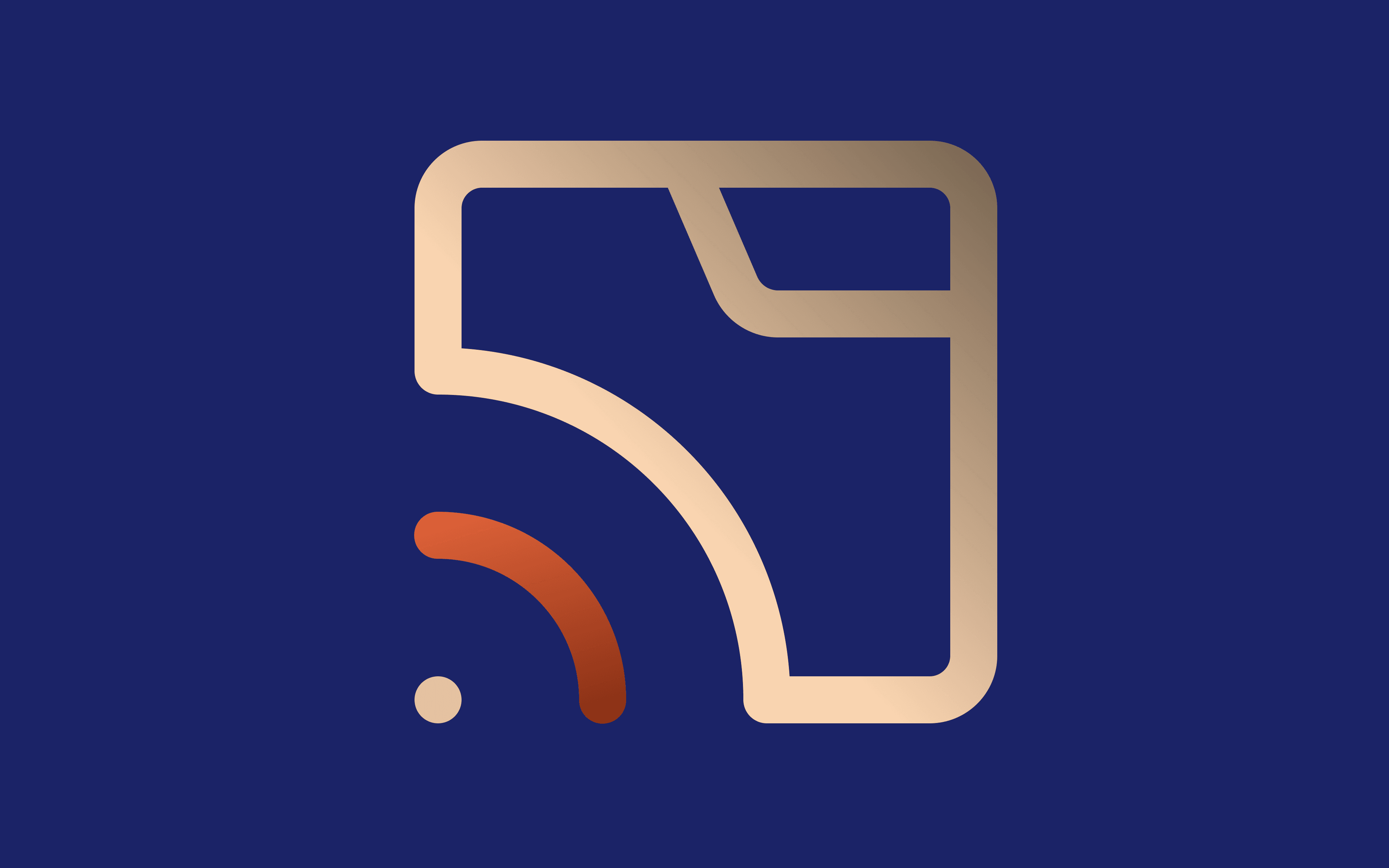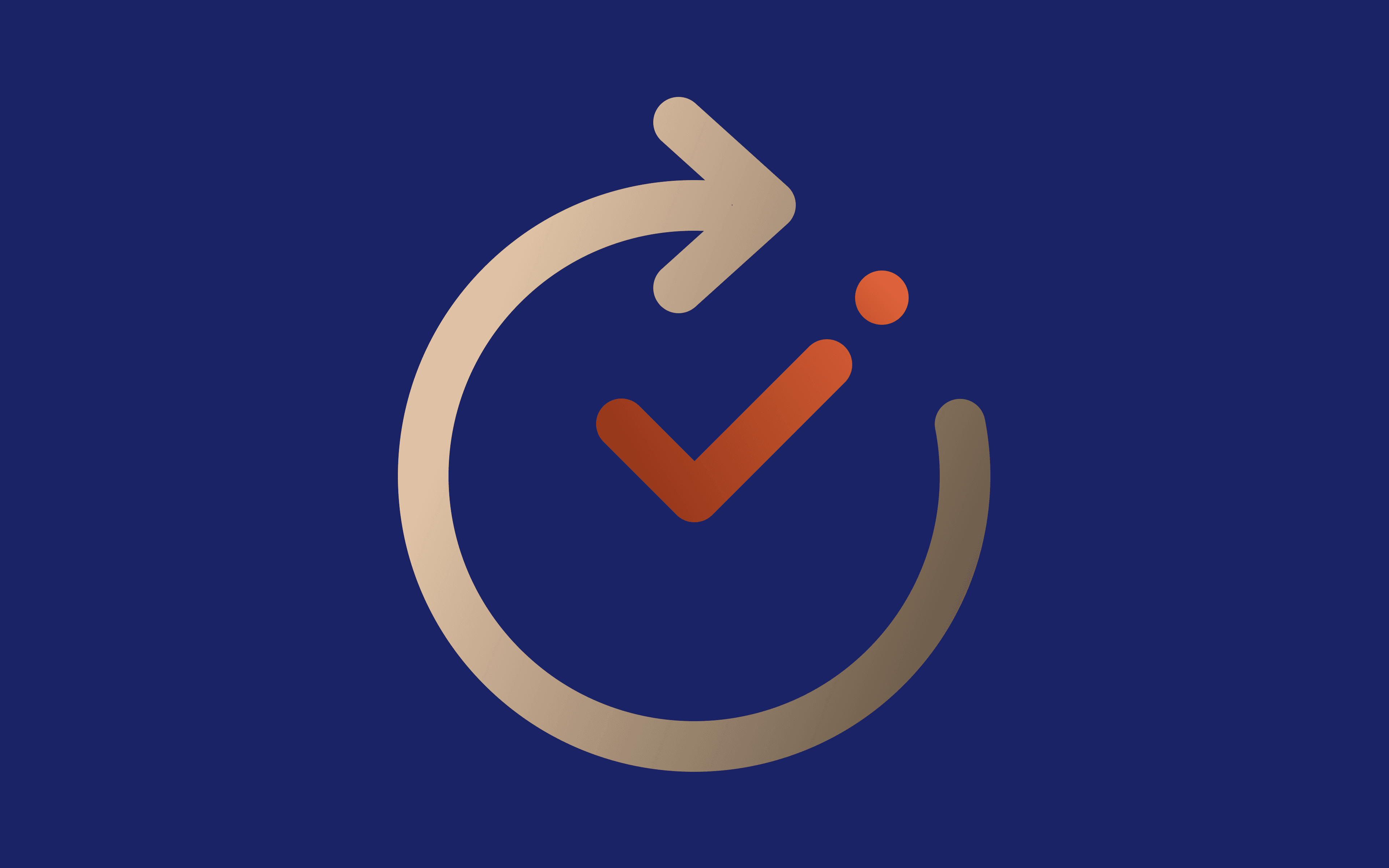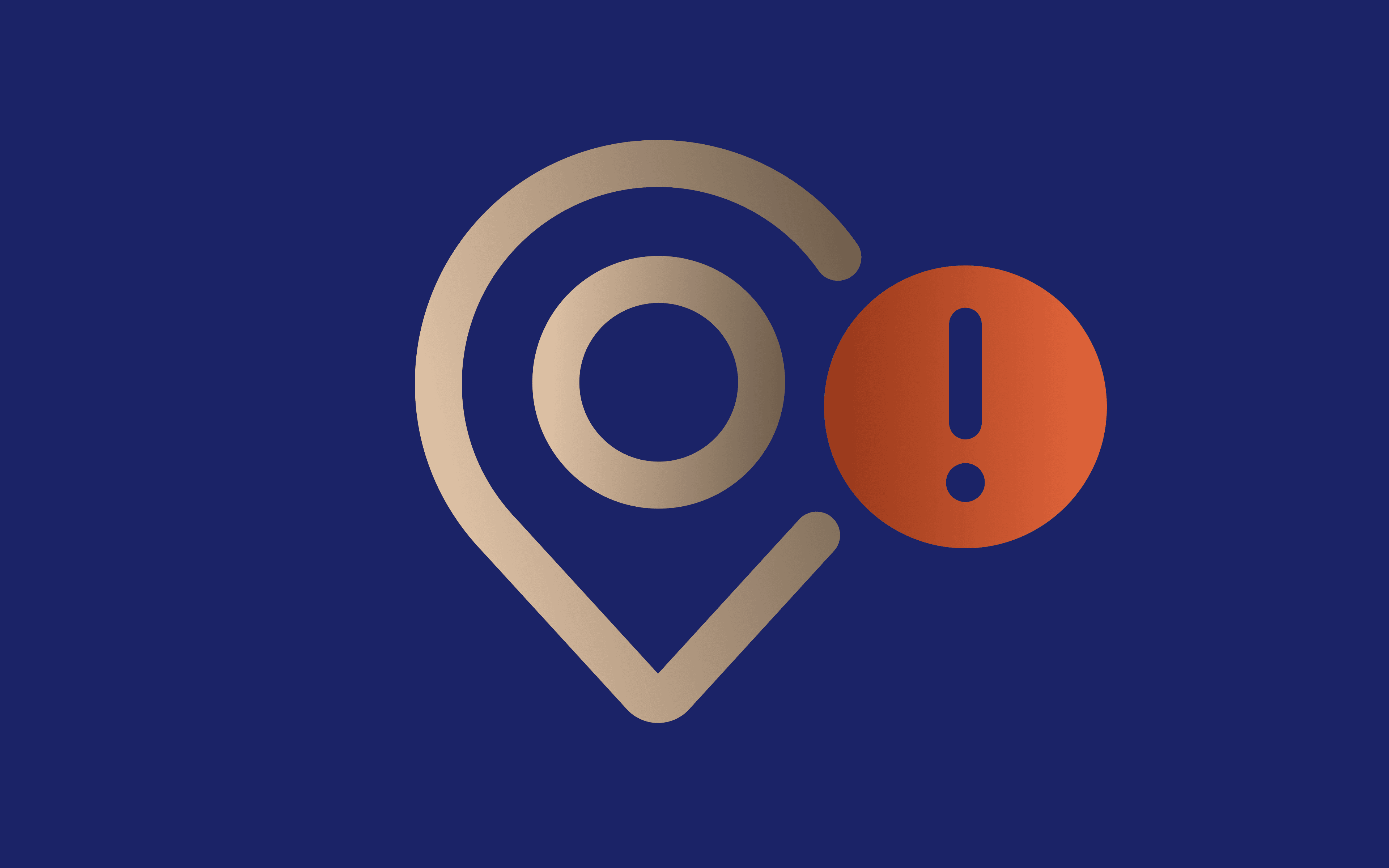Data is the new currency of the 21st century. But even as the world opens up to the vast amounts of data now available, several concerns exist about what data we can collect and how to do so more efficiently.
In this guide, we look at proxy techniques and how you can master them to improve your data collection and do so in a compliant and ethical way. Let’s dive in.
What are Proxies and How Do They Work?
What are proxies, and why do they matter in data collection? Proxies are systems that act as intermediaries between a user (or a system) and the Internet. They provide a way to mask your IP address and location, control internet usage, and access content that might be restricted or blocked.
Nowadays, security is one of the most significant pain points when it comes to data. Every 39 seconds, there’s a cyberattack happening somewhere in the world. Proxies are one key to better security. They enhance privacy, security, and data collection efforts.
What is a Proxy Server?
A proxy server is a computer with an IP address your computer knows. So, when you send a web request, your request goes to the proxy server first. That server then makes your web request on your behalf. After which, the proxy server will take the response from the web server, and forward you the web page data so you can see the page in your browser.
How Proxies Work
Here’s how proxies typically work:
1. Request Forwarding — When you use a proxy, your internet request goes to the proxy server first. The proxy server then forwards your request to the destination website. This process will mask your original IP address with the proxy server's IP address.
2. Response Relay — Once the proxy server receives the response from the website, it sends it back to you. That way, the website you're accessing sees the proxy's IP address as the request's origin, not yours.
3. Data Caching—Some proxy servers cache (a way of storing data) copies of frequently accessed web pages. When you request a webpage that has been cached, the proxy server can return the stored copy instead of retrieving it from the Internet again.
Types of Proxy Servers
There are different kinds of proxy servers available. Here’s a look at some of the most prevalent ones and what they do:
- Transparent Proxies — Announce to the web server that it is a proxy server and pass along your IP address. This type of proxy offers no anonymity.
- Anonymous Proxies — Do not pass your IP address to the website, so you have a degree of anonymity.
- Distorting Proxies—This kind of proxy sends a false IP address to the website while identifying itself as a proxy. It is more anonymous than anonymous proxies.
- High-anonymity Proxy Servers (Elite Proxies) — These servers hide your IP address and the fact that you are using a proxy. Elite proxies give you the highest level of anonymity when accessing data online.
- Residential Proxies — Use IP addresses associated with actual residential addresses, which makes them less likely to be blocked by websites compared to commercial data center proxies.
Best Practices to Improve Proxy Techniques
Proxy techniques are essential for effective and responsible data collection, especially when dealing with web scraping or data gathering from multiple sources. These techniques help overcome limitations such as IP blocking or website rate limiting.
Here are some of the best practices and techniques for using proxies in data collection:
1. Use Rotating Proxies
Implement a pool of proxy servers and rotate your requests through them. An approach like this will help minimize the chances of getting blocked, as each request appears to come from a different IP address.
You can choose proxies from various locations to spread out requests. Doing so will avoid triggering geo-location-based blocking mechanisms.
2. Maximize Residential Proxies
Residential proxies— which we discussed above— tend to use IP addresses associated with actual home devices. The reason for such a request is to make your requests seem like they’re coming from an actual user rather than a data center. This reduces the likelihood of being detected and blocked. Since these are real IPs, they are less likely to be blacklisted by websites as well.
3. Smart Retry Logic
We recommend that you implement smart retry mechanisms that can differentiate between types of errors (e.g., network errors vs. IP bans) and decide when to retry with a new proxy or when to pause. Automatically adjust the frequency of requests based on the server's response to avoid triggering rate limits or bans.
4. Header Management
It’s also best practice to vary the user-agent and other request headers to mimic different browsers and devices. Pattern detection by the target servers often has a hard time zeroing in on IP addresses this way.
You can also change the referrer header to make requests appear to be coming from different pages or sites.
5. Stay Ethical
It’s to others' and your advantage to use proxies ethically to the best of your ability. That means respecting a website’s Robots.txt. Always check and respect websites' robots.txt files to ensure your data collection activities do not violate their policies.
You should also regulate the frequency of your requests to avoid causing performance issues for the target website.
6. Use Premium Proxy Services
Investing in a premium proxy service can provide more reliable and faster connections and better support for handling complex scraping tasks. Some services offer proxies optimized explicitly for web scraping, with features like automatic IP rotation and pre-screened IPs to minimize blockages.
7. Session Management
To avoid detection, use the same IP for tasks that require maintaining a session, like navigating through a login sequence. Change IPs at regular intervals, even when keeping sessions, to avoid raising suspicions.
8. Legal Compliance
Believe us when we say legal issues matter greatly when scraping and dat collecting. So, keep your data collection practices compliant with all local laws, international regulations, and website terms of service. This includes data protection regulations like GDPR. 8 out of every 10 companies in the United States now take measures to comply with GDPR.
Cybersecurity Matters
As data presence and usage grows, cybersecurity should be front and center. Anyone planning to collect data online would benefit from learning how to improve and protect people’s data.
Cybersecurity is critical in data collection, particularly when proxy methods are utilized. How much does cyber security school cost? The cost is well worth it, whatever it is. Cybersecurity courses equip one with the skills to guard against weaknesses resulting from incorrect data scraping methods.
Given the expenditure in education, anyone trying to protect their data collecting systems must first grasp cyber security school costs. Ensuring you have the necessary training reduces risks and improves the security protocols to manage private data properly.



